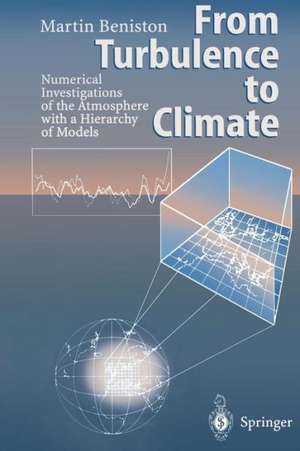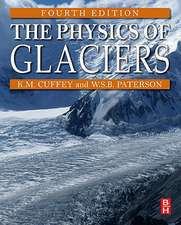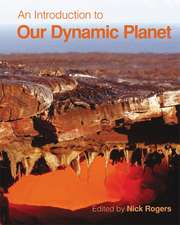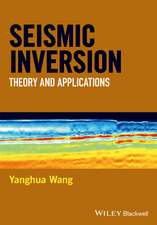From Turbulence to Climate: Numerical Investigations of the Atmosphere with a Hierarchy of Models
Autor Martin Benistonen Limba Engleză Paperback – 13 oct 2012
Preț: 642.68 lei
Preț vechi: 756.09 lei
-15% Nou
Puncte Express: 964
Preț estimativ în valută:
123.02€ • 133.67$ • 103.40£
123.02€ • 133.67$ • 103.40£
Carte tipărită la comandă
Livrare economică 21 aprilie-05 mai
Preluare comenzi: 021 569.72.76
Specificații
ISBN-13: 9783642637315
ISBN-10: 3642637310
Pagini: 344
Ilustrații: X, 329 p.
Dimensiuni: 155 x 235 x 18 mm
Greutate: 0.48 kg
Ediția:Softcover reprint of the original 1st ed. 1998
Editura: Springer Berlin, Heidelberg
Colecția Springer
Locul publicării:Berlin, Heidelberg, Germany
ISBN-10: 3642637310
Pagini: 344
Ilustrații: X, 329 p.
Dimensiuni: 155 x 235 x 18 mm
Greutate: 0.48 kg
Ediția:Softcover reprint of the original 1st ed. 1998
Editura: Springer Berlin, Heidelberg
Colecția Springer
Locul publicării:Berlin, Heidelberg, Germany
Public țintă
ResearchCuprins
1. Introduction.- 2. Fundamental Concepts Related to Atmospheric Modeling.- 3. Investigations with the DeardorffSommeria ABL Model.- 4. Investigations with the DREAMS Mesoscale Meteorological Model.- 5. Simulations of Climate and Climate Change.- 6. Coupling the Mesoscale to the Microscale: Air Pollution Simulations.- 7. Observational Evidence of Regional Climate Change.- 8. Coupling the Macroscale to the Mesoscale: Regional Climate Simulations.- 9. Concluding Remarks and Bibliography.- Appendix: List of Commonly Used Mathematical Symbols.
Textul de pe ultima copertă
This volume covers aspects of numerical modeling of the atmosphere and climate from the microscales of turbulence to the very large scales associated with climate and climatic change. Each of the three major spatio-temporal scales of the atmosphere, namely, the microscale, the mesoscale, and the macroscale is addressed through a hierarchy of models. Results of model simulations are illustrated throughout the text, with many of these examples based on the author's original research work. For each type of model discussed here, the theoretical background, including governing equation sets, simplifying assumptions, and advantages and limits of the models, is provided. The topic of coupled, or nested, modeling systems as a promising approach to air pllution embedded in regional atmospheric flows, as well as to the regional atmospheric response to global climate forcings, is also addressed. An attempt is made throughout the book to highlight the highly interdisciplinary nature of atmospheric modeling, particularly in those sections dealing with climatic change issues.
Caracteristici
breiter interdisziplinärer Ansatz













